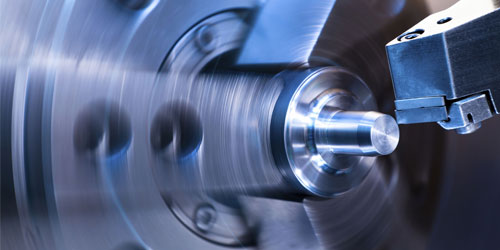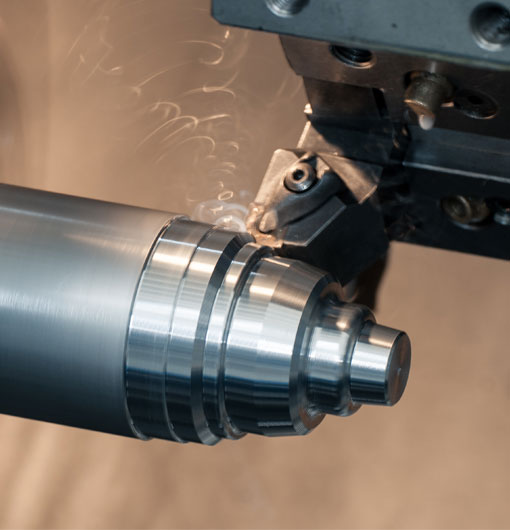CNC turning is a manufacturing process that uses computer-controlled machines to create intricate and precise components. The technique employs a lathe to remove material from a spinning workpiece through cutting operations. A CNC turning program is essentially a set of instructions that guide the lathe in performing these cutting tasks accurately and efficiently. In this blog post, we'll delve into the world of CNC turning programming, exploring its importance, components, and essential tips for achieving optimal results.
The Importance of CNC Turning Programming
CNC turning programming lies at the core of the machining process. It provides a comprehensive set of instructions that not only determine the actions of a CNC lathe but also ensure the precision and accuracy of the final product. Understanding the nuances of a CNC turning program is crucial for machine operators, as it empowers them to optimize the production process and minimize errors that could lead to costly rework.
Key Components of a CNC Turning Program
A typical CNC turning program comprises several integral components that together guide the lathe's operation. Some of the primary elements include:
1. Program Number (O-number): This alphanumeric code specifies the unique identification number assigned to a particular CNC turning program.
2. Machine Functions (M-codes): These codes control various machine functions such as spindle rotation, coolant activation, and tool changes.
3. Preparatory Functions (G-codes): Preparatory codes initiate vital operations on a CNC lathe, including linear and circular interpolation, as well as positioning and scaling.
4. Coordinate System: The coordinate system represents the workpiece's position and dimensions, guiding the cutting tool's movements to create the desired features on the component.
5. Tool Selection: Choosing the right cutting tool is essential for achieving optimal results. Tool selection depends on factors such as workpiece material, desired finish, and specific operations performed.
6. Speed and Feed Rates: Speed refers to the spindle rotation, while feed rate denotes the cutting tool's movement. Both are crucial for balancing productivity with tool life and surface finish.
7. Operation Sequence: A CNC turning program must account for the sequence of operations and strategy employed to produce the desired component.
Essential Tips for Mastering CNC Turning Programming
Here are some valuable insights and guidelines for mastering the art of CNC turning programming:
1. Understand the machine and its capabilities: Familiarize yourself with the machine you're working on, its features, and limitations. Knowing these elements will help you create more efficient CNC turning programs.
2. Choose the best cutting tools: Analyze the workpiece material and machining operations required, selecting appropriate cutting tools to optimize machining processes for quality, precision, and efficiency.
3. Optimize speed and feed rates: Trial and error may be necessary to determine the optimal feeds and speeds for your specific operation, balancing tool life with productivity and surface finish.
4. Properly set the origin: Ensure that the workpiece origin is set accurately, as this will significantly impact the efficiency and accuracy of your CNC turning program.
5. Simulate and verify your program: Run simulations of your CNC turning program to evaluate its functionality, identify potential issues, and fine-tune it for successful real-world execution.
6. Maintain a clean code structure: Write clear, organized, and well-documented CNC turning programs, employing meaningful variable names, comments, and white spaces to improve readability and maintainability.
7. Stay current with industry trends: Stay informed about the latest developments in CNC turning programming, including software updates and new machining technologies, applying them to your work when relevant and advantageous.
8. Learn from your mistakes: Errors are inevitable when working with CNC turning programs, but recognizing and learning from them will ultimately enhance your expertise in the field.
9. Practice, practice, practice: As with any skill, practice makes perfect. The more you engage with CNC turning programming, the more proficient you'll become, refining your techniques and delivering better outcomes.
By exploring the fundamental aspects of CNC turning programming, understanding its key components, and employing these valuable tips, you'll be well on your way to mastering the art of CNC turning programming. As you continue to hone your skills, you'll achieve consistently exceptional results, optimizing machining processes and elevating the quality of your final products.
cnc turning program













